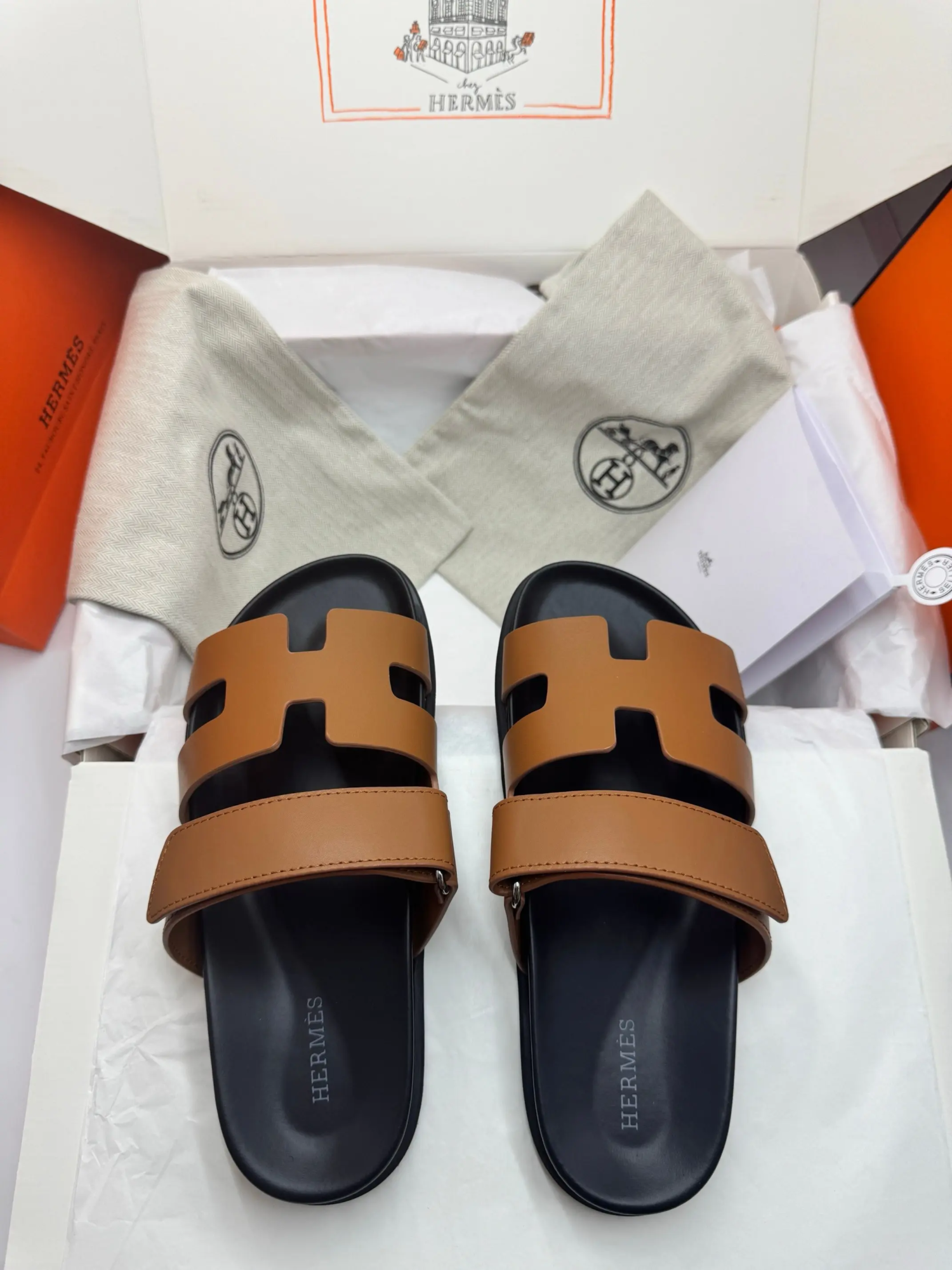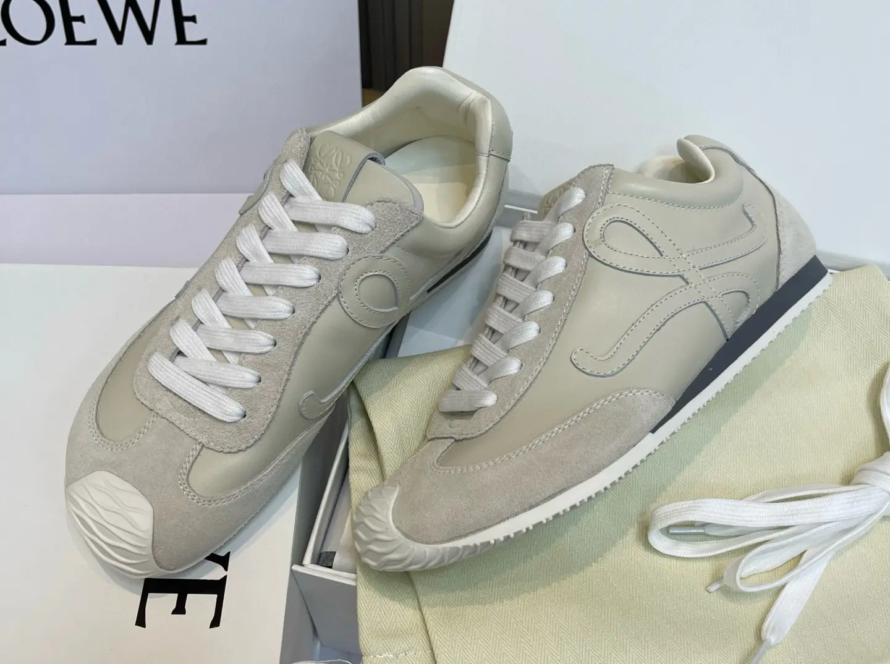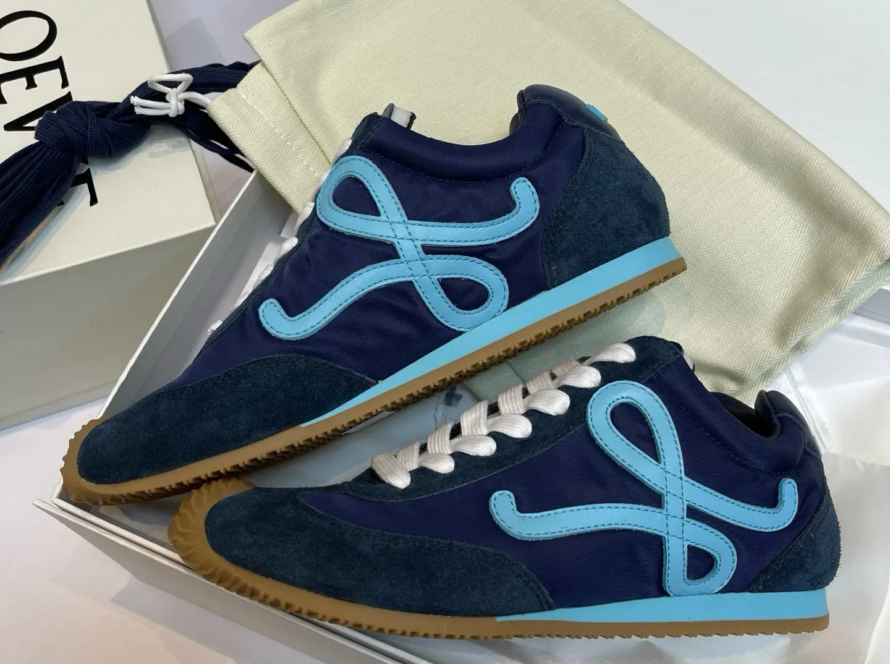
The 1970s were a period of change in the fashion industry, and the emergence of new trends and styles reflected the cultural and social changes at that time. One of the famous footwear trends for a decade is Earth Shoe, a brand that is synonymous with comfort, simplicity and laid back and naturalistic aesthetics. In this article, we will dig into the history of glitter shoes, their design philosophy, and making them a staple of fashion in the 1970s.
The concept of glitter shoes was born out of the desire to create footwear that is not only comfortable, but also promotes happiness and connection with the natural world. The brand’s founder, Anne Kalso, was inspired by the idea of the “negative heel” technology, which involves designing shoes with a heel lower than the toe. This design feature is designed to promote a more natural gait and reduce stress on the feet and legs.
The Earth Shoe brand was launched in 1970 and its original design features their simplicity, minimalism and the use of natural materials. Shoes usually have a soft, suede or leather upper, contoured footbed and a soft rubber outsole. The negative heel design is a key feature of the brand, and it allegedly has many health benefits, including improved posture, reduced back pain and improved energy levels.
Glass shoes are rapidly gaining popularity among consumers looking for more comfortable and natural alternatives to traditional footwear. The brand’s target market is mainly young urban professionals who value health, wellness and self-expression. The shoes are often worn in casual, bohemian outfits such as long skirts, bell jeans and farmer tops.
One of the factors that contributed to the success of the sneakers was their connection to the countercultural movement of the 1970s. The brand’s emphasis on natural materials, simplicity and comfort has aroused the value of the times, which emphasizes the return to nature, social activities and personal freedom. Glass shoes have become a staple of hippies and trendy subcultures, with popularity expanding to other parts of the United States, including Europe and Australia.
Despite their popularity, the sneakers are not without controversy. Some critics argue that unsupported by scientific evidence, negative heel designs are not supported, and that if worn incorrectly, the shoes can actually cause harm to the feet and legs. Furthermore, the brand’s emphasis on natural materials and simplicity has led some to accuse the company of being too idealistic and overlook the needs of consumers who need more supportive and durable footwear.
In short, glitter shoes were an important part of fashion in the 1970s, reflecting the value of the comfort, simplicity and connection to nature. Although the brand’s popularity gradually declined in the decades that followed, their influence can still be seen in modern footwear designs that prioritize comfort, sustainability, and health. As consumers increasingly understand the importance of health and environmental sustainability, brands like Earth Shoes may continue to inspire a new generation of designers and consumers.
FAQ:
Q: What are the main design functions of sneakers?
A: The main design feature of the glitter shoes is the negative heel technology, which involves designing shoes with a heel lower than the toe to promote a more natural gait and reduce stress on the feet and legs.
Q: Who founded the Earth Shoe brand?
A: The Earth Shoe brand was founded by Anne Kalso, who was inspired by the idea of negative heel technology and its potential health benefits.
Q: What type of material is used to make sneakers?
A: Glass shoes are usually made from natural materials such as suede, leather and rubber, and these shoes are chosen for comfort, durability and sustainability.
Q: Are sneakers only popular in the United States?
A: No, the glitter shoes are embraced by consumers who value comfort, simplicity and nature-connected in other parts of the world, including Europe and Australia.
Q: Can you still use sneakers today?
A: Yes, although the brand has undergone significant changes and updates since its founding in the 1970s, it is still available today. Modern sneakers prioritize comfort, sustainability and health care while still reflecting the simplicity of the brand and the core values of naturalism.





